‘It is about ensuring Africa is no longer on the periphery’: 1-54 Contemporary African Art Fair in London
The 13th edition of 1-54 London will be held at London’s Somerset House from 16-19 October; we meet founder Touria El Glaoui to chart the fair's rising influence
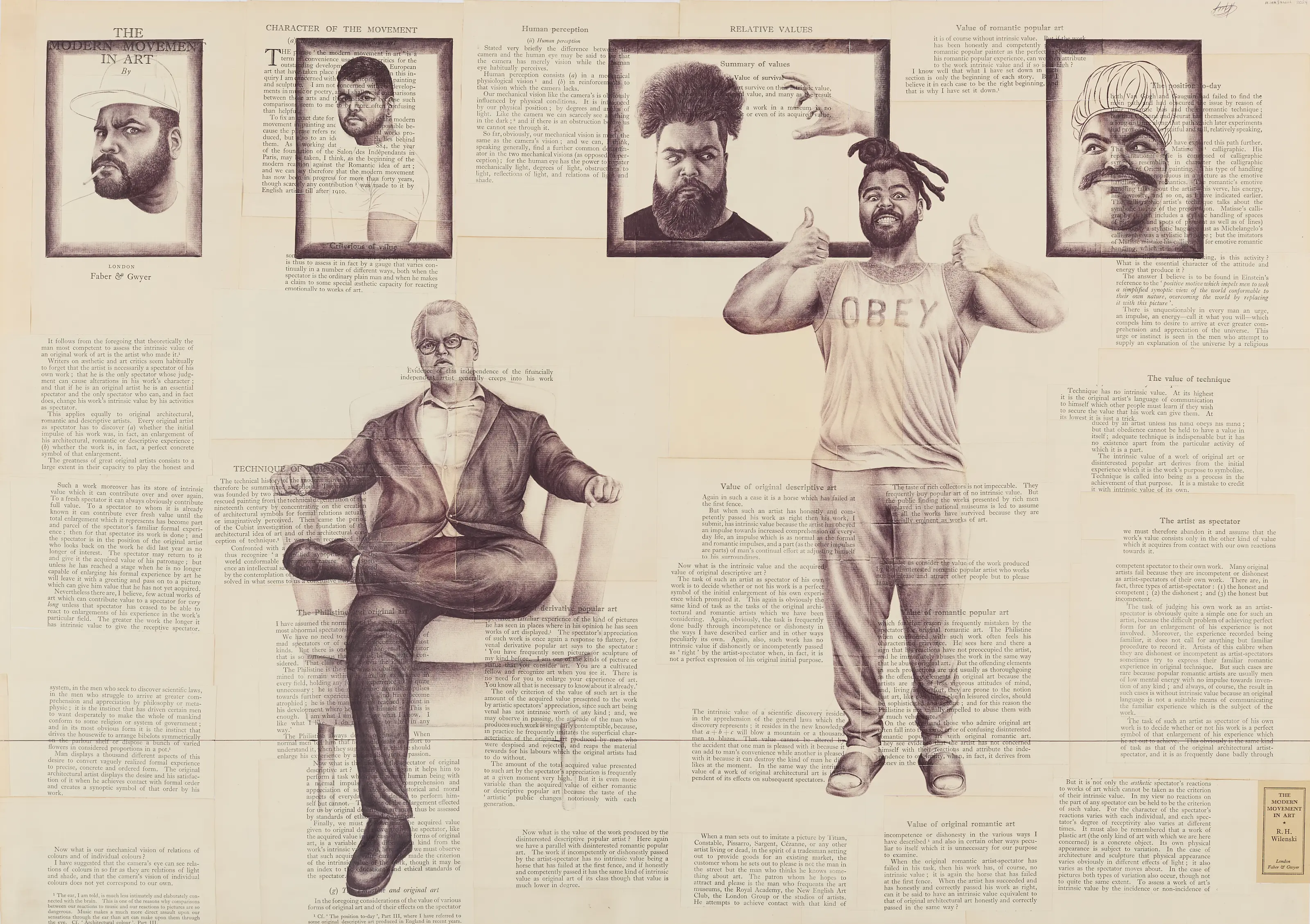
When the flagship edition of 1-54 Contemporary African Art Fair opens in London in October, it will feature a majority of new gallery participants from the global south, many of whom are based in Africa.
Established over a decade ago, the fair has grown to become the premier platform for showcasing work by artists from Africa and its diaspora, with iterations in New York and Marrakech each year, as well as pop-up exhibitions in cities such as Paris and Hong Kong.
‘It becomes increasingly important,’ the founding director of 1-54, Touria El Glaoui, tells Wallpaper*, adding that the fair’s ability to attract new galleries is a result of its reputation, built over the past 13 years, and engagement with galleries.
The 13th consecutive edition of 1-54 London will be held at Somerset House, featuring about 100 established, rising and emerging artists, including Hassan Hajjaj, Seydou Keita, Arthur Timothy, Amina Agueznay, Roisin Jones, Vanessa Endeley, Ugonna Hosten, Ibrahim El-Salahi, Joël Bigaignon and Malick Sidibe.
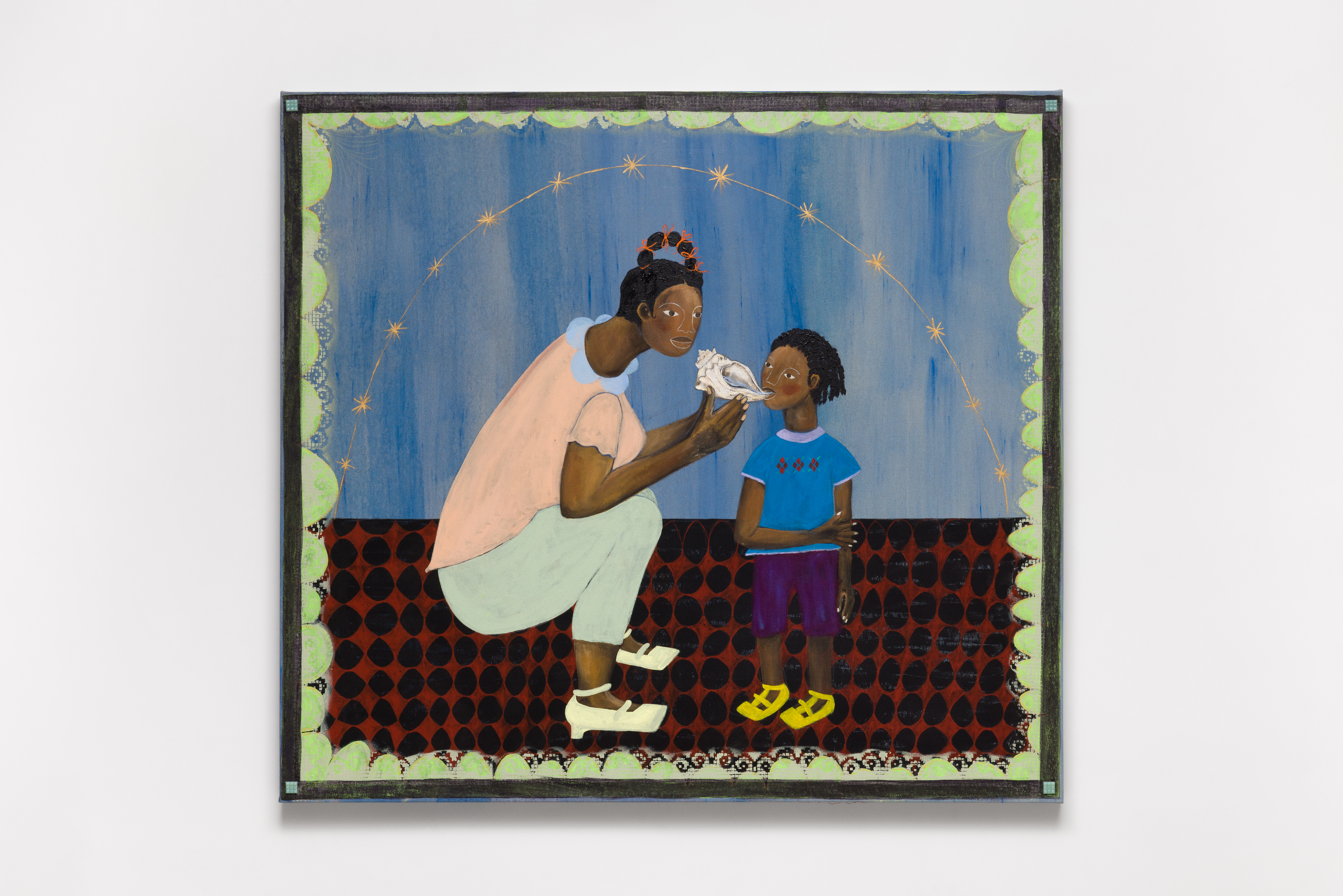
Larissa de Souza, Primeiras Palavras, 2024
On display will be work across a range of media, such as painting, photography, sculpture, textiles and ceramics, by over 50 new and returning galleries, among them: Kub'aty Gallery (Kinshasa, DRC + Montreal, Canada), Larkin Durey (London, UK), Affinity Gallery (Lagos, Nigeria), OH Gallery (Dakar, Senegal), Rele Gallery (Lagos, Nigeria / London, UK / Los Angeles, USA), The 1897 Gallery (Lagos, Nigeria), TERN Gallery (Nassau, Bahamas), Gallery Brulhart (Geneva, Switzerland), First Floor Gallery Harare (Harare, Zimbabwe), Loft Art Gallery (Casablanca, Marrakesh, Morocco), and Gallery 1957 (Accra, Ghana: London, UK.)
Programming for the upcoming event will include special projects, such as an exploration of African craftsmanship and British tailoring via the Art Comes First initiative; a reimagining of Zambian photographic heritage by Everyday Lusaka Gallery, based in the Zambian capital; a curated Caribbean Spotlight section; and a courtyard commission at Somerset House’s Edmond J Safra Fountain court.
In addition to its partnership with auction house Christie’s and fragrance collection Infiniment Coty Paris, 1-54 has also inked a new partnership with Afreximbank, the pan-African multilateral financial institution. Through its Afreximbank Art Programme, the institution will present an exhibition highlighting emerging artists from across Africa, as well as the launch of the Afreximbank Art Prize. The first edition will be held at 1-54 Marrakech in February 2026.
Receive our daily digest of inspiration, escapism and design stories from around the world direct to your inbox.
‘I think it really shows the importance that [such partners are] seeing in the creative industry and being part of this moment in the development of contemporary art on the continent,’ says El Glaoui, adding, ‘We’re very proud to have them on board.’
Read on for Wallpaper’s conversation with Touria El Glaoui, the founding director of 1-54 Contemporary Africa Art Fair.
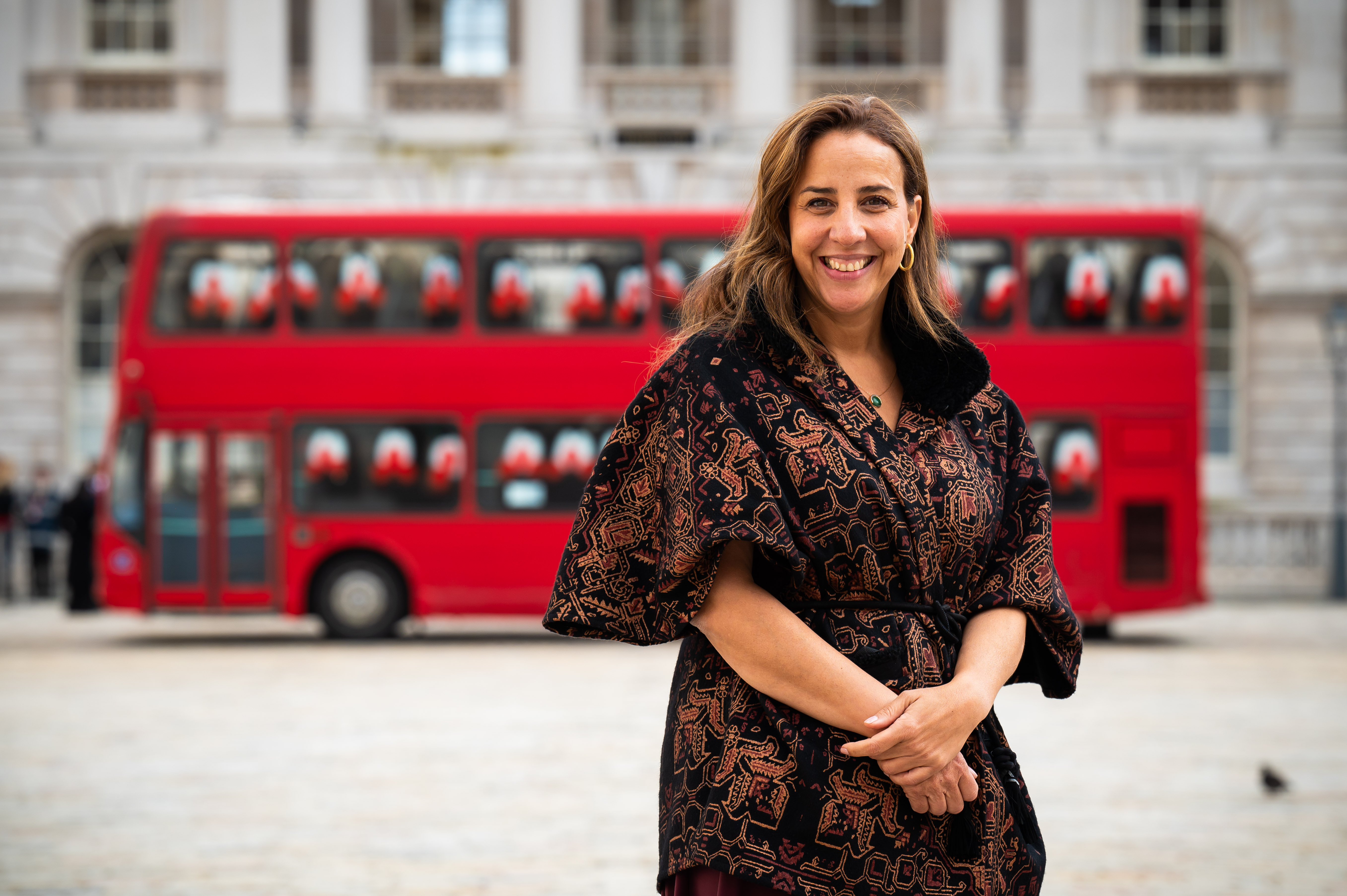
Touria El Glaoui, founding director of 1-54 Contemporary Africa Art Fair
What to look forward to at 1-54 Contemporary African Art Fair
Wallpaper*: This year’s 1-54 London features several new galleries, mainly from the global south. How meaningful is it to you to provide a platform for these galleries to showcase work to a global audience?
Touria El Glaoui: It becomes increasingly important. We are definitely in a time when, with 1-54 celebrating its 13th edition, we have had the opportunity to establish a reputation as an international platform that showcases contemporary art from the African diaspora and the African continent to the world.
The idea that we can attract galleries that show at 1-54 for the first time is obviously a compliment to the work we have developed over 13 years. However, I also think there is a need for many of these galleries to be on a specialised platform that is more focused. And then a certain amount of engagement with the galleries over the year that you might not have seen – us visiting the galleries, meeting gallerists in person at the gallery locations or seeing them at different events. That makes them also more likely to be part of 1-54.
As an example, The 1897 gallery from Lagos was present physically at 1-54 in London last year [but was not an exhibitor]. And after talking to other galleries from Nigeria [and] seeing that it is the right fit for them, they decided to present a programme for the fair in London that was of interest to us. So, I think the convincing is a mixture of our reputation and also engagement with the galleries over the few months that we have between the fairs, them either being part of one of our other fairs or just being visitors, and thinking that this is the right fit to show artists in London.
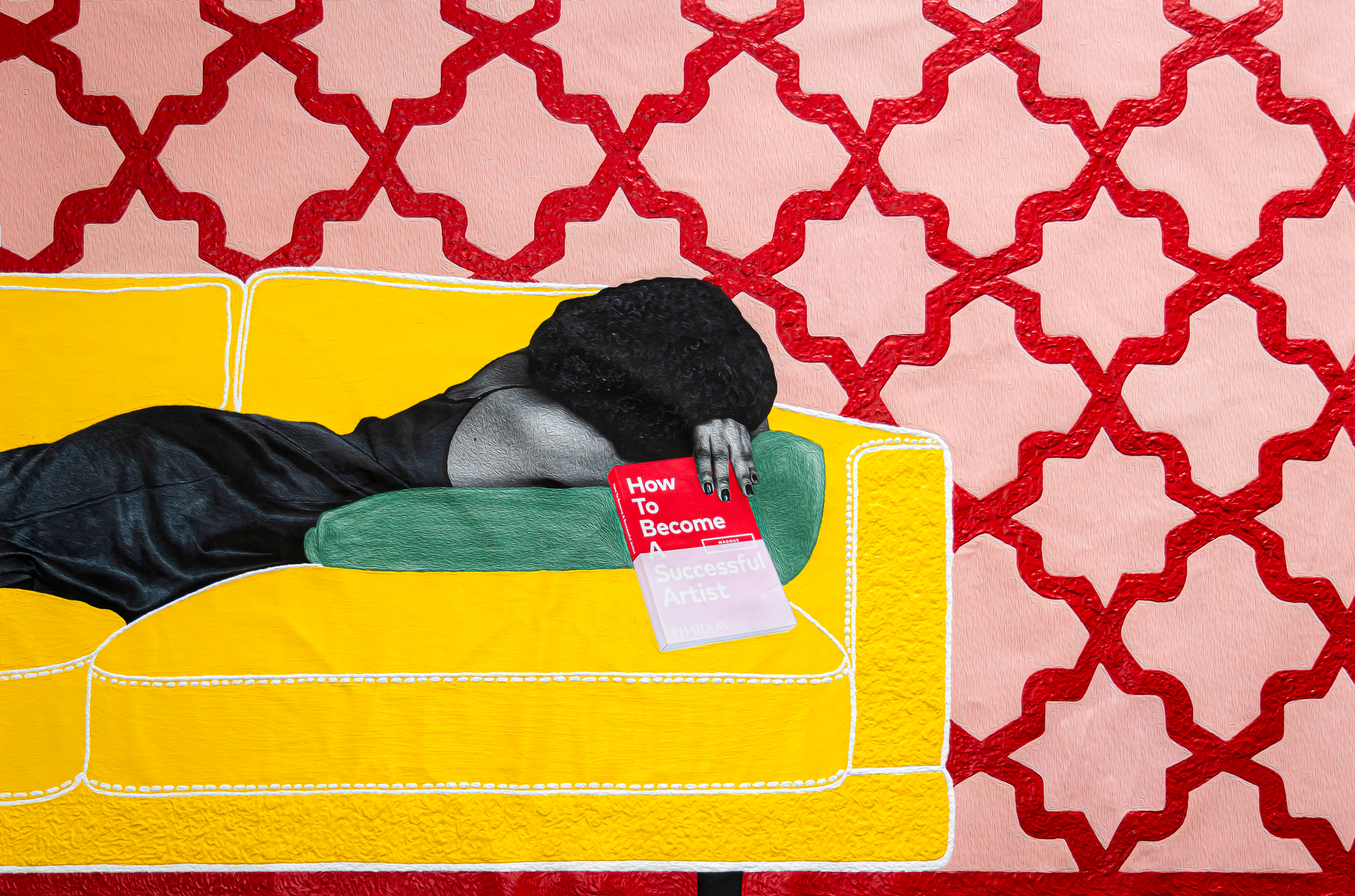
Vanessa Endeley, Don’t You Want To Live Before You Die V, 2024
W*: One of the things that 1-54 has done is provide visibility for art and artists from Africa. Are there less-documented aspects you’re also proud of as the founder of the fair?
TEG: I think the part that we're most proud of is really the relationship that we're able to build between the galleries and the institutions on the continent and outside, and also seeing how these artists evolve over the years on the international market. The idea that [the artists] are part of the discussion, part of the narrative, that they are included in some exhibitions, that we see their value appreciated over the years – I think these are elements that 1-54 has definitely taken a huge responsibility for.
Hosting three fairs a year on three different continents, being able to spotlight these artists at three distinct moments throughout the year makes sure that they are on the map. [We see] the evolution of these artists [being] part of discussions when an institution is trying to do a show that is not African-focused. Now they have names of 20 or 30 artists from the continent that they didn't know about before to choose from. This is extremely important because it is what will make these artists even more valuable, appreciated and visible.
I've listened to curators over the years from institutions in Africa and abroad mentioning that it is quite important and instrumental for them to be able to visit 1-54, and to be able to discover under the same roof 100 or 200 artists at a time that they would not necessarily be able to find if they had to visit every country on the continent. They often don't have the budget or maybe the intention to go to Africa to see these artists. I think part of it is ensuring that Africa is no longer on the periphery. It’s part of the discussions; it's included in any contemporary art history narrative that we're talking about. I believe that 1-54 has made a significant contribution to this happening.
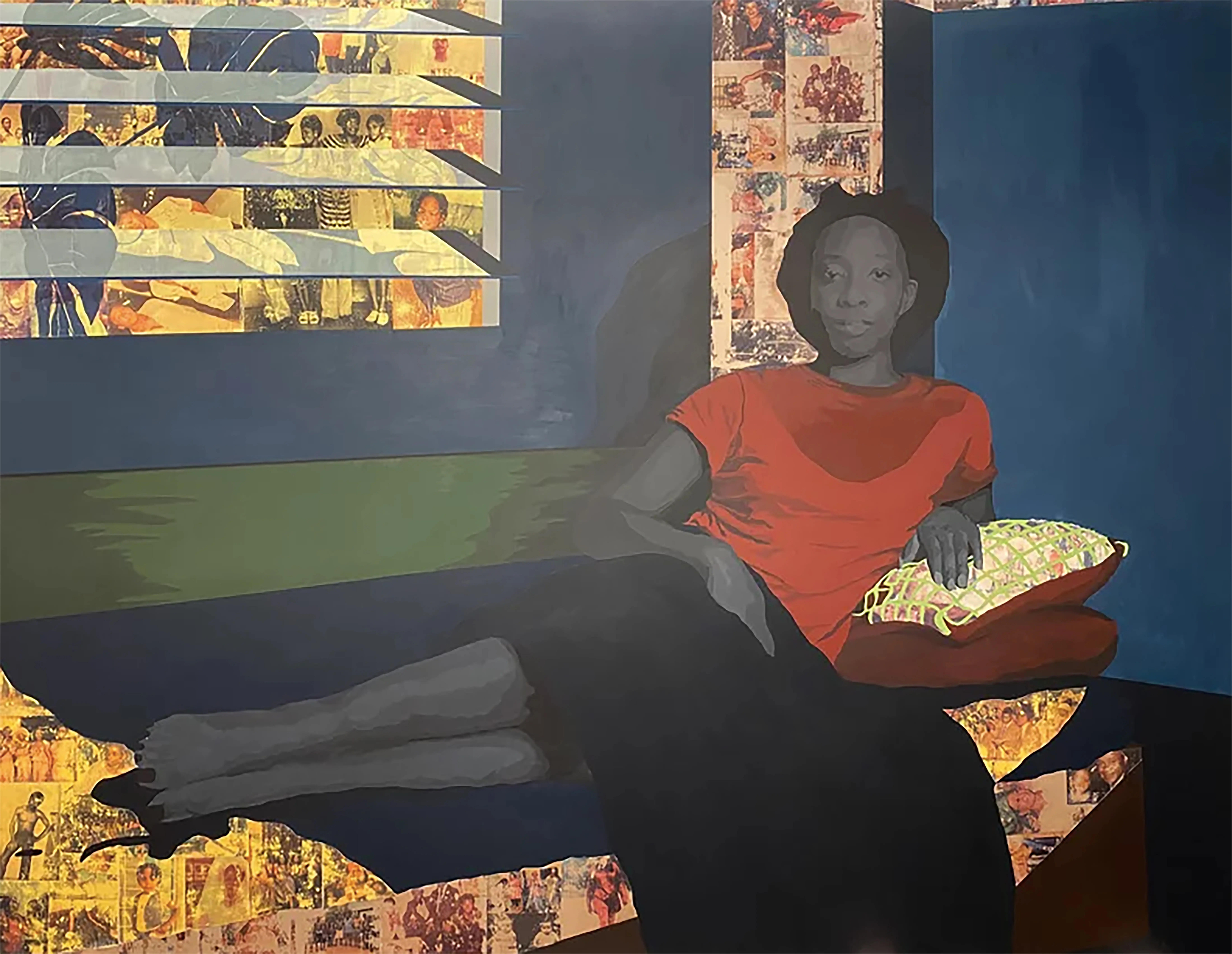
Ofunne Azinge Ijeoma, 2022
W*: What has been most surprising to you in the 13 years you have been organising 1-54?
TEG: As much as I feel we are extremely visible today, some American collectors who came to 1-54 London last year didn’t know that we have an edition in the United States. That means more work needs to be done to create awareness. It is surprising at times that as much as we are marking major milestones, there’s also so much to do.
At the same time, I think what is optimistic for us is seeing all these new museums opening up in Africa. A museum like Zeitz Museum of Contemporary Art Africa in South Africa is collaborating with museums in the United States and Europe on their exhibitions now, so that shows the education level that we are getting to, where you have a European or American audience really feeling that they are learning from the African continent today. [It shows artists] that they can make it in Africa and be known around the world, compared to the previous trajectory where an artist had to live, work and show in the West first before it could be said that they’ve made it.
I know we're here to talk about the London edition, but with 1-54 Marrakech, we now have American institutions, European institutions that are extremely eager to discover art in Africa. I think it's important because they recognise that they have a lot to learn from the continent. And I think the surprising effect is we're seeing this movement that started in London and [then expanded to] New York, but [became] more, I want to say appreciated [in Africa], so people are really paying attention to us on the continent.
1-54 London 2025 will take place at Somerset House from 16 to 19 October 2025, 1-54.com/london
-
 The future of off-road is encapsulated in Hyundai’s rugged Crater Concept
The future of off-road is encapsulated in Hyundai’s rugged Crater ConceptAn exploration of the future form of Hyundai’s XRT sub-brand, the Crater Concept is designed to roam where no one else goes
-
 Tekla’s ‘soft and inviting’ London store is made to feel like you’re coming home
Tekla’s ‘soft and inviting’ London store is made to feel like you’re coming homeOpening on Marylebone High Street this week, the brand’s founders Charlie Hedin and Kristoffer Juhl talk to Wallpaper* about the domestic-inspired space, which marries elements of Danish and British design
-
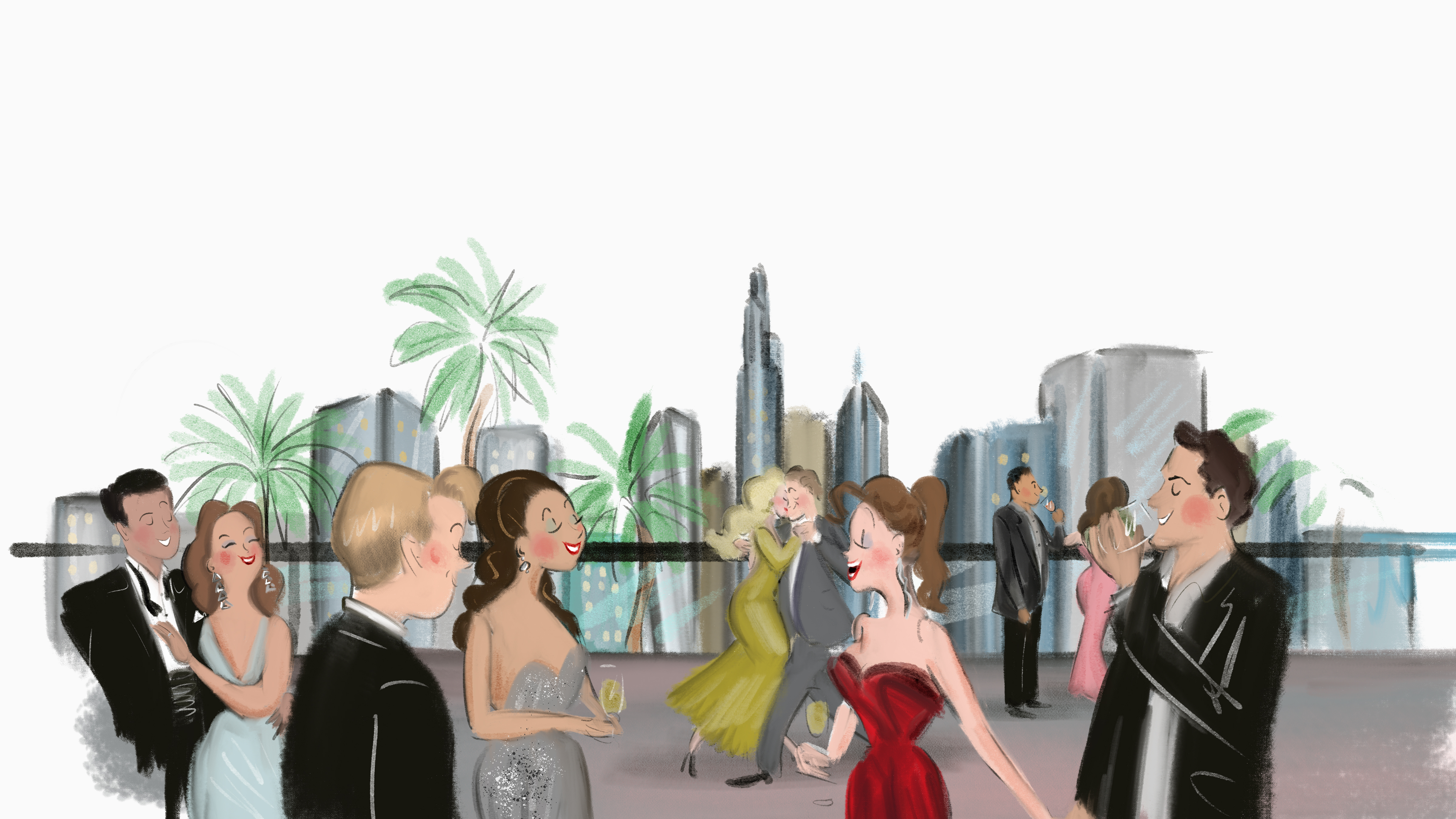 St. Regis Hotels and Resorts illustrates its spirit of celebration
St. Regis Hotels and Resorts illustrates its spirit of celebrationA collaboration between St. Regis and New York artist Tug Rice captures the storied brand’s Gilded Age glamour and decadent modernity
-
 Out of office: The Wallpaper* editors’ picks of the week
Out of office: The Wallpaper* editors’ picks of the weekIt’s been a week of escapism: daydreams of Ghana sparked by lively local projects, glimpses of Tokyo on nostalgic film rolls, and a charming foray into the heart of Christmas as the festive season kicks off in earnest
-
 Wes Anderson at the Design Museum celebrates an obsessive attention to detail
Wes Anderson at the Design Museum celebrates an obsessive attention to detail‘Wes Anderson: The Archives’ pays tribute to the American film director’s career – expect props and puppets aplenty in this comprehensive London retrospective
-
 Meet Eva Helene Pade, the emerging artist redefining figurative painting
Meet Eva Helene Pade, the emerging artist redefining figurative paintingPade’s dreamlike figures in a crowd are currently on show at Thaddaeus Ropac London; she tells us about her need ‘to capture movements especially’
-
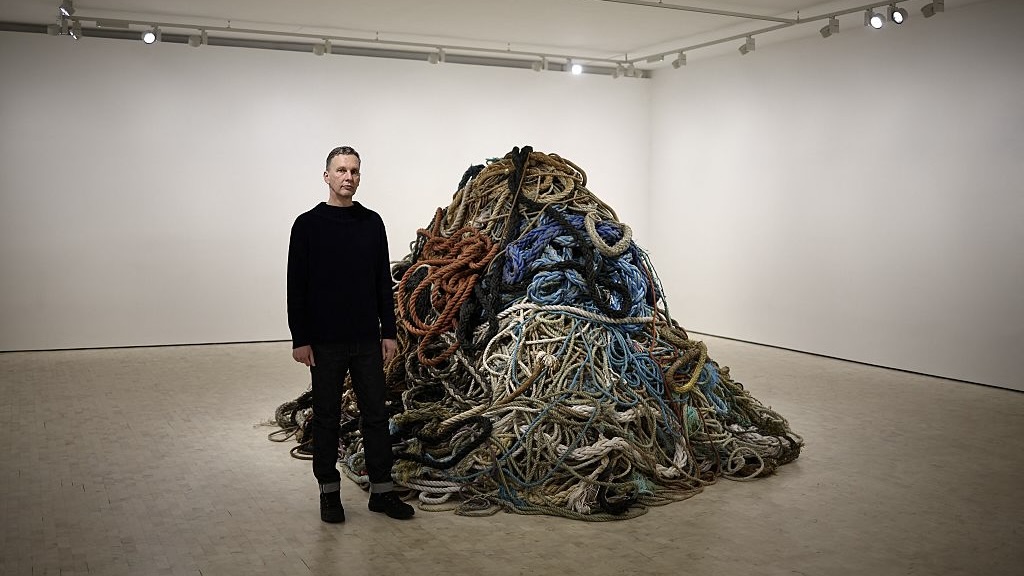 David Shrigley is quite literally asking for money for old rope (£1 million, to be precise)
David Shrigley is quite literally asking for money for old rope (£1 million, to be precise)The Turner Prize-nominated artist has filled a London gallery with ten tonnes of discarded rope, priced at £1 million, slyly questioning the arbitrariness of artistic value
-
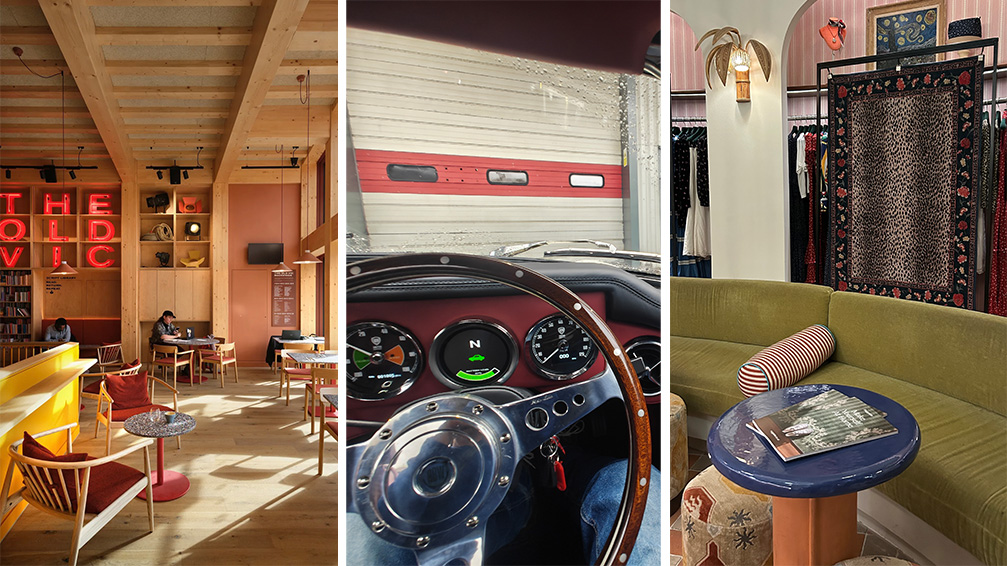 Out of office: The Wallpaper* editors’ picks of the week
Out of office: The Wallpaper* editors’ picks of the weekThe rain is falling, the nights are closing in, and it’s still a bit too early to get excited for Christmas, but this week, the Wallpaper* team brought warmth to the gloom with cosy interiors, good books, and a Hebridean dram
-
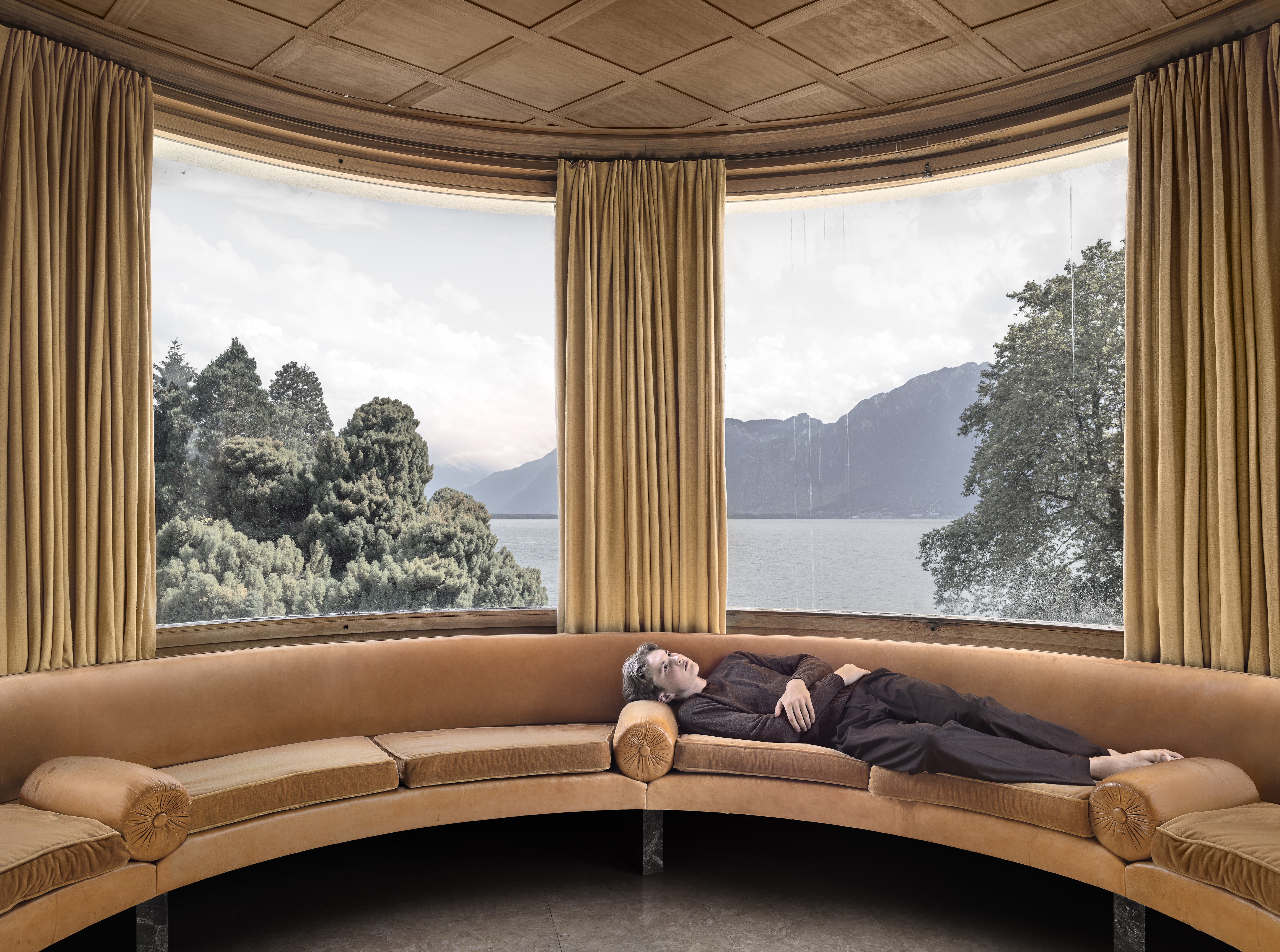 A former leprosarium with a traumatic past makes a haunting backdrop for Jaime Welsh's photographs
A former leprosarium with a traumatic past makes a haunting backdrop for Jaime Welsh's photographsIn 'Convalescent,' an exhibition at Ginny on Frederick in London, Jaime Welsh is drawn to the shores of Lake Geneva and the troubled history of Villa Karma
-
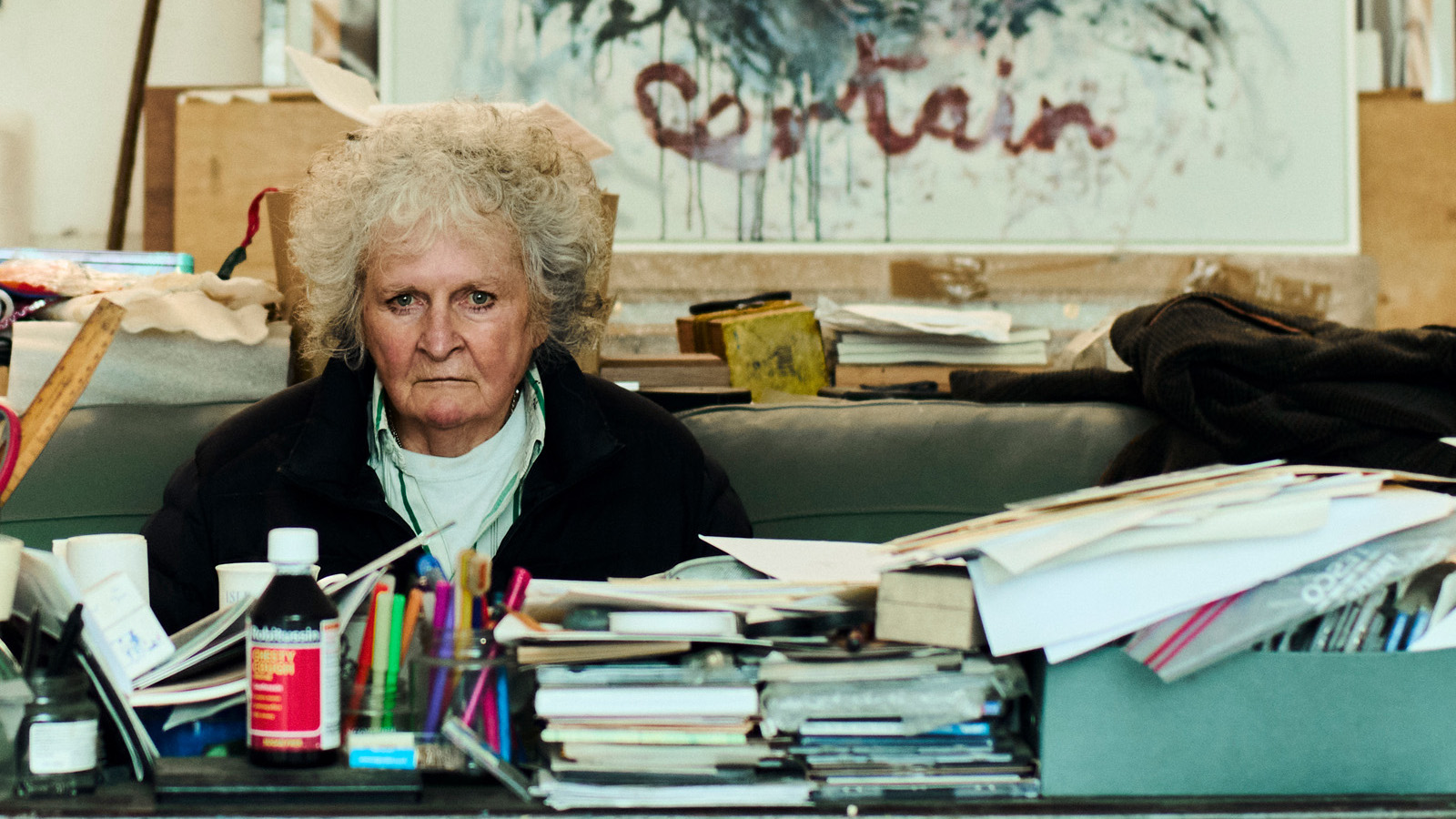 Maggi Hambling at 80: what next?
Maggi Hambling at 80: what next?To mark a significant year, artist Maggi Hambling is unveiling both a joint London exhibition with friend Sarah Lucas and a new Rizzoli monograph. We visit her in the studio
-
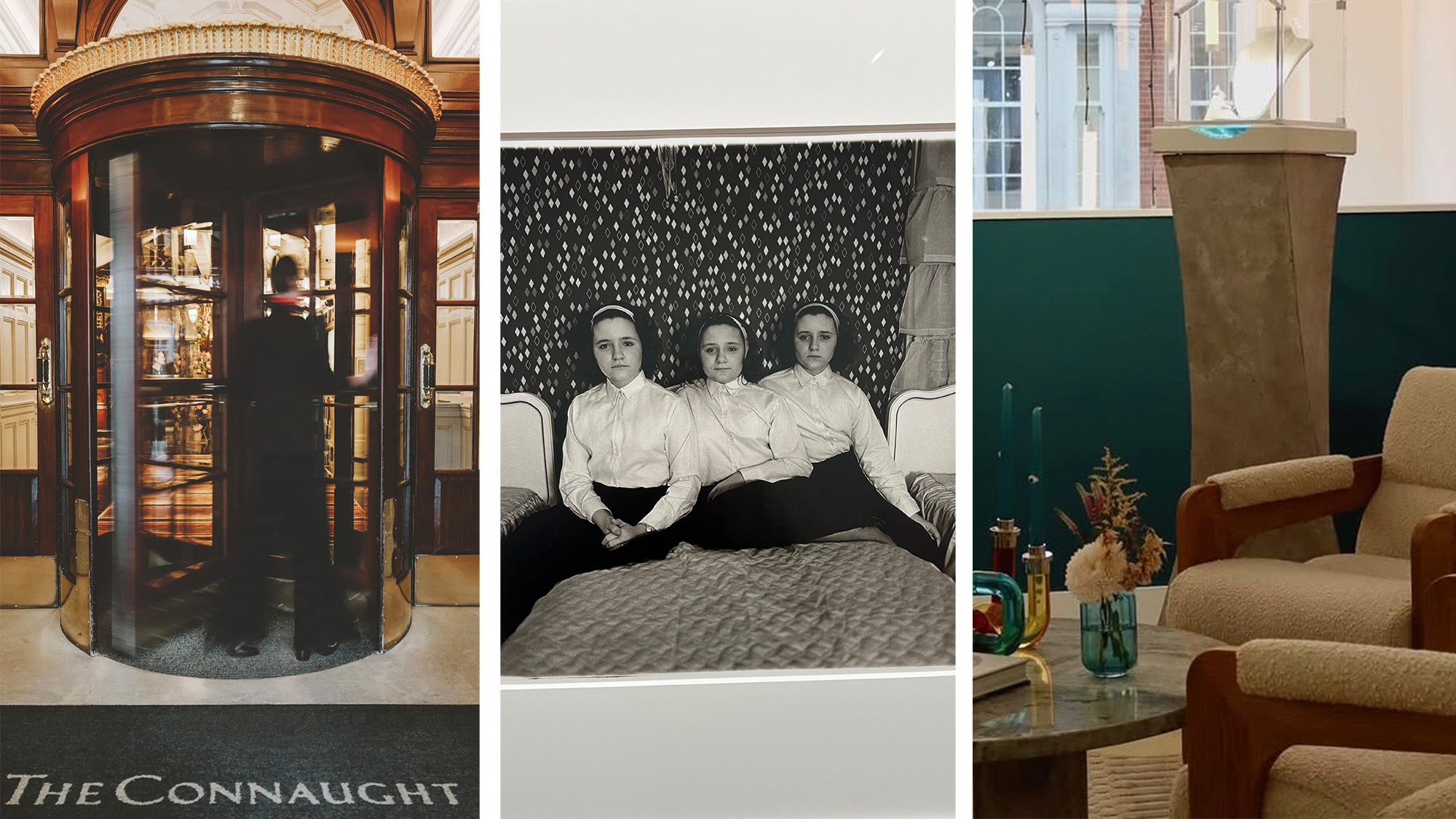 Out of office: The Wallpaper* editors’ picks of the week
Out of office: The Wallpaper* editors’ picks of the weekThis week, the Wallpaper* editors curated a diverse mix of experiences, from meeting diamond entrepreneurs and exploring perfume exhibitions to indulging in the the spectacle of a Middle Eastern Christmas